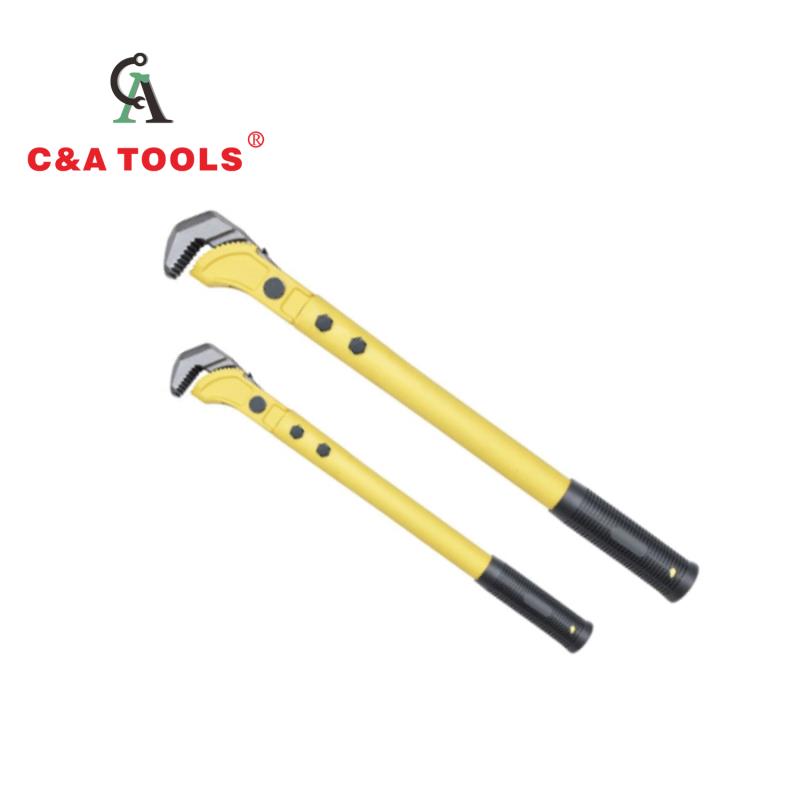- james@zj-tools.com
- +86 571 8830 3778
Use the right type of wrench for the job you are going to do: crescent wrench, pipe wrench, adjustable wrench, Tight Wire Socket Wrench, etc.
(1) Suitable size: All wrenches indicate the opening size, and the maximum torque that a certain size wrench can withstand is certain. The dead spanner or casing wrench used must be exactly the same size as the nut.
(2) Check the Ratchet Wrench frequently: Whether the jaw is worn or loose, whether the housing, spring, and surface are broken, and whether the handle is bent. Damaged wrenches must not be used and should be repaired or replaced immediately.
(3), use the pipe muscle to pull the wrench instead of pushing the wrench. The fixed mouth of the adjustable wrench is stronger than the moving opening; the pulling force is concentrated on the fixed mouth. Therefore, the direction of the pull wrench should be the direction in which the workpiece is easily clamped.
(4) The wrench must not be tilted to screw the workpiece. Use corner joints or socket wrenches if necessary. The wrench should be in close contact with the workpiece. Do not use ordinary wrenches instead of special wrenches with special shapes for the equipment. Never use the wrench as a hammer. When pulling the wrench hard, stand with one foot in front and the other in the back to prevent it from falling backwards.
(5) It is forbidden to use a wrench on or around the running machine.
(6) When using pipe wrenches. In addition to some of the above considerations, it is important to note that the pipe wrench jaws should be taxable and clean. Take the correct standing position. It is dangerous to add a long force bar to the pipe wrench handle.
